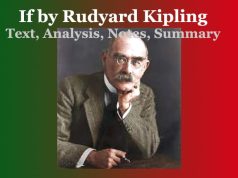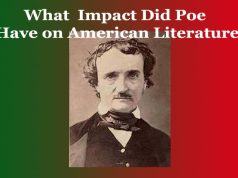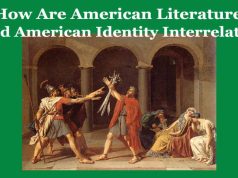What is Imagery in Literature
What is Imagery in Literature
What is Imagery in Literature
Introduction:
Imagery is a powerful literary device that transcends words on a page, painting vivid pictures in the minds of readers. In literature, it serves as a sensory feast, allowing authors to convey emotions, experiences, and concepts in a way that engages the reader’s imagination. This article delves into the definition, analysis, and examples of imagery in literature.
Definition of Imagery:
Imagery in literature refers to the use of vivid and descriptive language that appeals to the senses. Writers employ imagery to create a sensory experience for readers, drawing them into the world of the text. Through carefully chosen words and phrases, authors stimulate the reader’s visual, auditory, olfactory, gustatory, and tactile senses, fostering a deeper connection between the audience and the narrative.
Functions of Imagery:
The effectiveness of imagery lies in its ability to evoke a multisensory experience, making the narrative more immersive. By incorporating vibrant and evocative language, authors can transport readers to different settings, elicit emotional responses, and enhance the overall impact of their storytelling. Imagery plays a crucial role in creating atmospheres, establishing moods, and fostering a deeper understanding of characters and themes within a literary work. What is Imagery in Literature
Examples of Imagery:
Example 1:
In Shakespeare’s “Macbeth,” the famous line “Out, out, brief candle!” not only conveys the fleeting nature of life but also paints a vivid image of an extinguishing flame, underscoring the transience of human existence.
Example 2:
F. Scott Fitzgerald, in “The Great Gatsby,” uses imagery to depict the opulence of Jay Gatsby’s parties. The descriptions of glittering champagne glasses, sumptuous fabrics, and the rhythmic pulse of music create a lush visual and sensory tapestry.
Example 3:
Sylvia Plath’s poetry often abounds with visceral imagery. In “Lady Lazarus,” the lines “Out of the ash / I rise with my red hair / And I eat men like air” evoke powerful mental images, portraying a sense of rebirth and strength. What is Imagery in Literature
Example 4:
In Gabriel Garcia Marquez’s “One Hundred Years of Solitude,” the magical realism is intensified through vivid imagery. The yellow butterflies accompanying Mauricio Babilonia add a surreal and memorable visual element to the narrative.
Conclusion:
In conclusion, imagery serves as a literary palette that allows authors to paint intricate and compelling pictures in the minds of readers. Whether through the evocation of nature, the portrayal of emotions, or the creation of fantastical realms, imagery enhances the richness of literature by appealing to the senses. As readers, we find ourselves transported to familiar and fantastical worlds, thanks to the transformative power of imagery in the hands of skilled writers. 0 0 0.
What is Imagery in Literature
You May Like:
- Mood Definition in Literature
- Definitions of Literature Through the Ages
- Birth Development and Function of Literature







